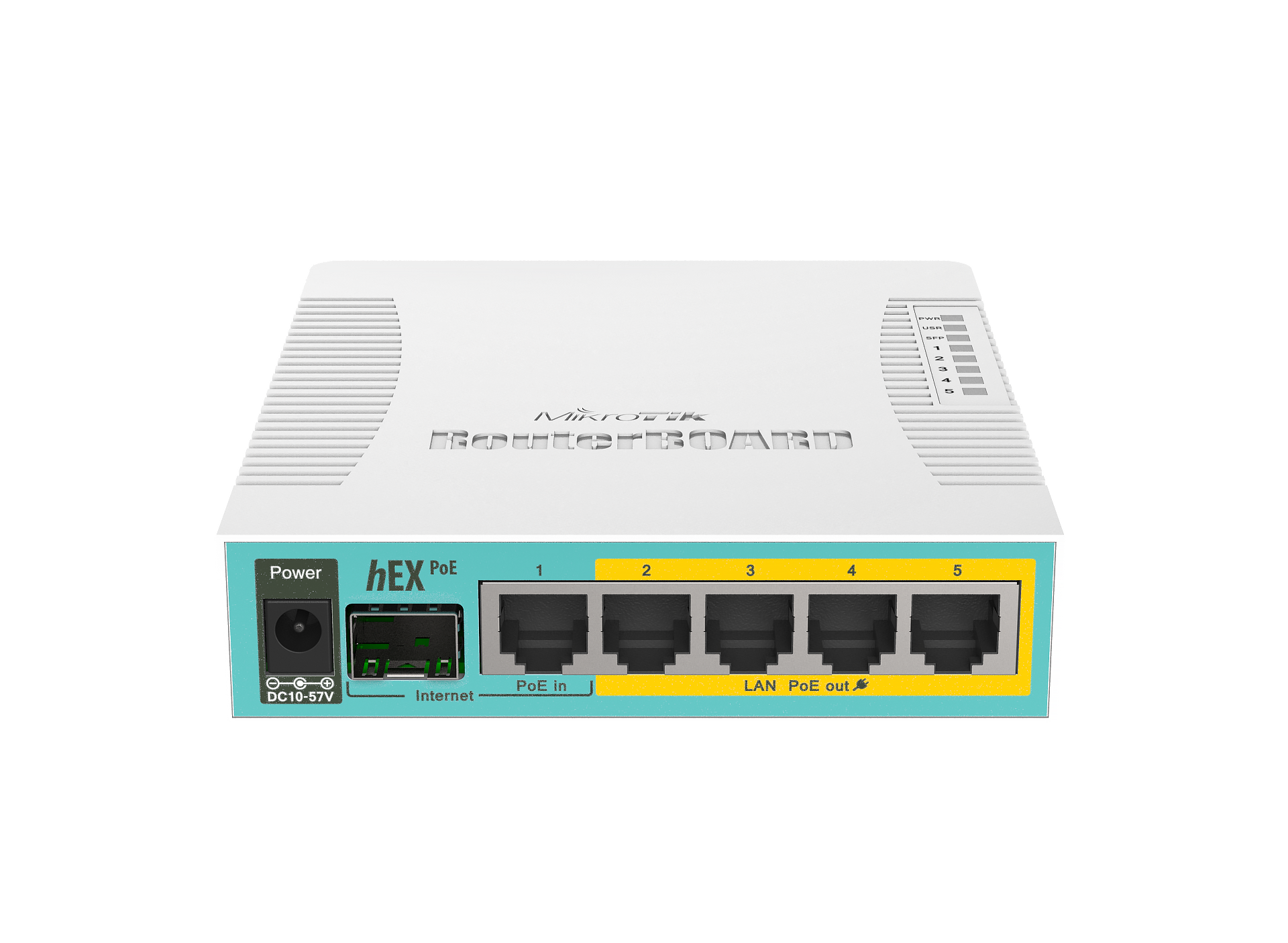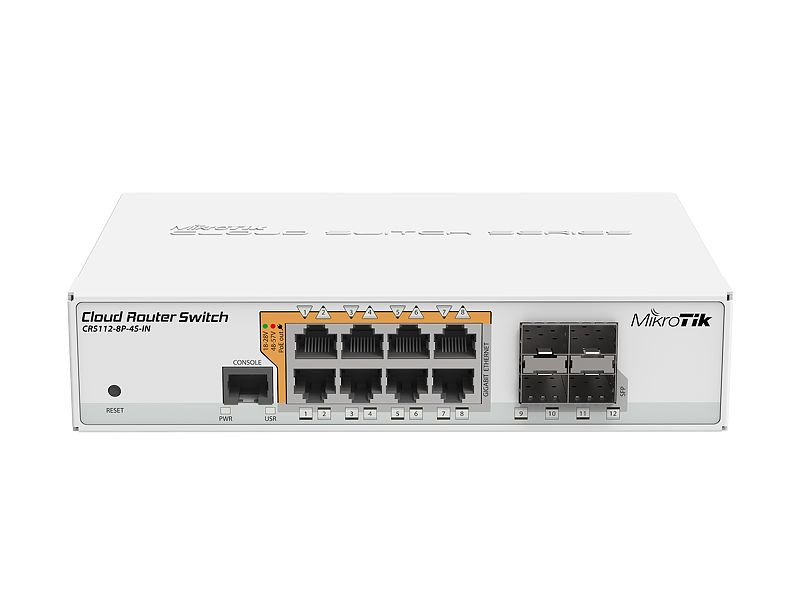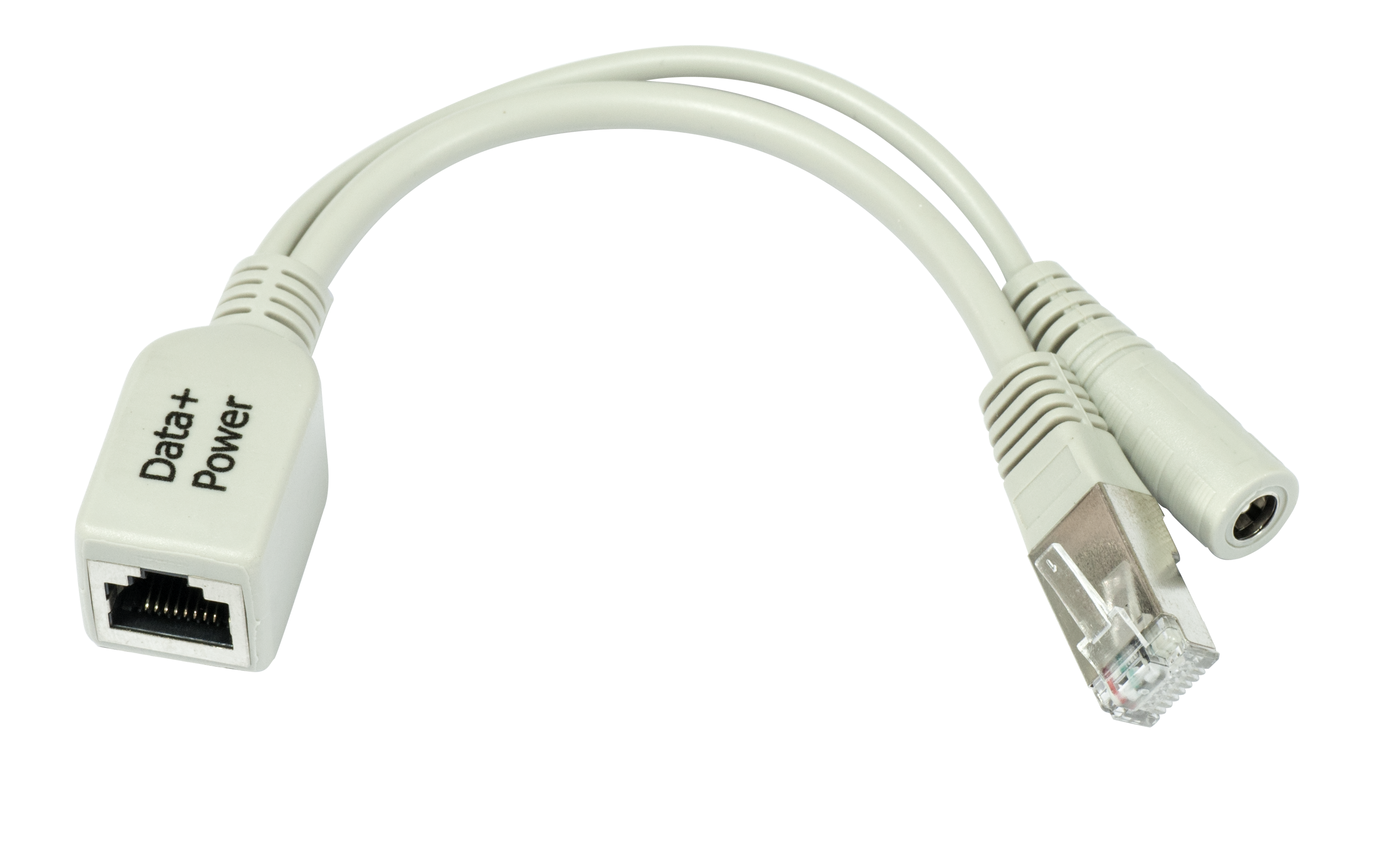
PoE Splitter cable Injector Gigabit PoE Injector with LED Light for MikroTik and other Lan port PoE Products|Transmission & Cables| - AliExpress

MIKROTIK outdoor reverse PoE switch with Gigabit Ethernet and 10G SFP+ ports, netPower Lite 7R (CSS610-1Gi-7R-2S+OUT) - The source for WiFi products at best prices in Europe - wifi-stock.com

Mikrotik RouterBoard hEX S RB760iGS 5 port 10/100/1000 switch and/or router with an SFP port and a PoE output port in a molded plastic case with power supply - New! :: Mikrotik






















